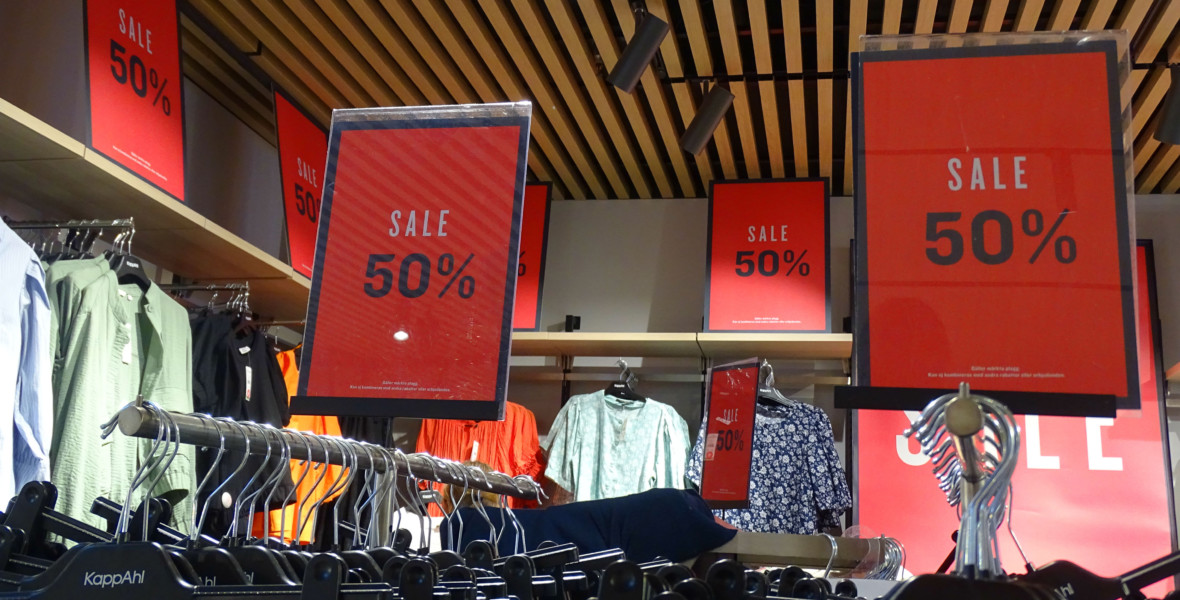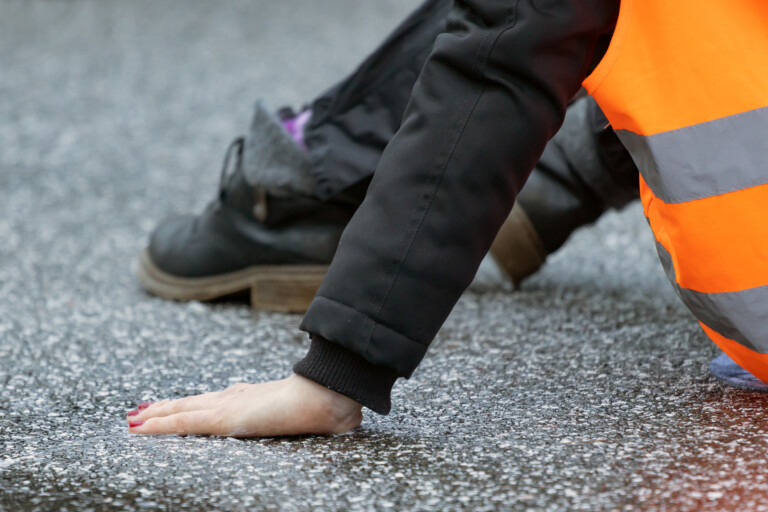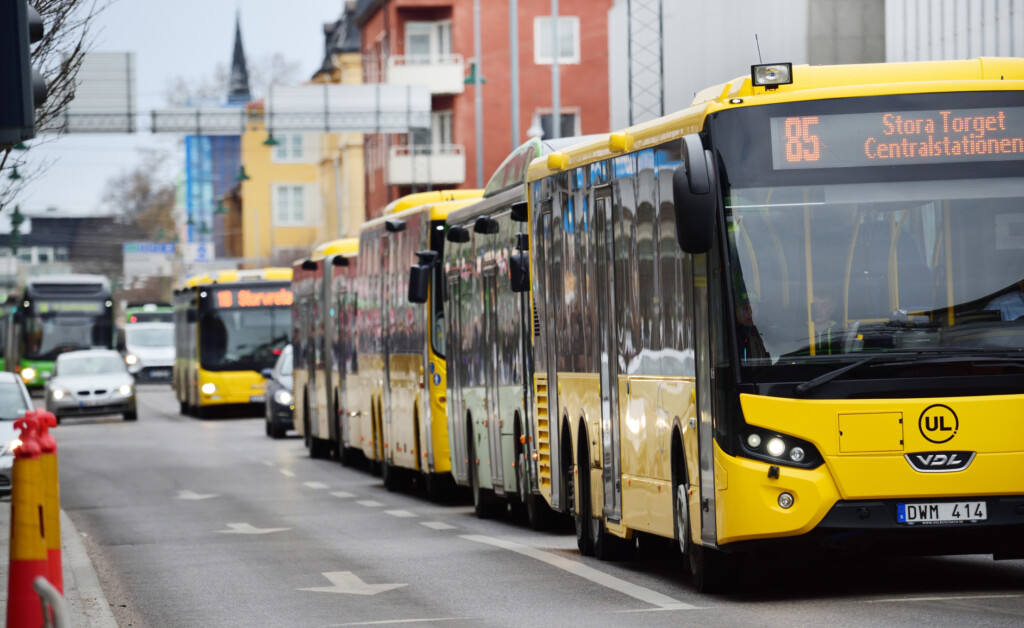Chemicals
Never-ending sales threaten the sustainability of commerce

Black Friday has morphed into Black Week, and in some shops even Black Month. Researcher Gabriella Wulff is finding that retailers are getting stuck in a vicious cycle of sales, promotions and overproduction.
Prenumerera på Extrakts nyhetsbrev!
Läs mer
Håll dig uppdaterad! Få kunskapen, idéerna och de nya lösningarna för ett hållbart samhälle.
Personal data is stored only for the mailing of Extrakt newsletters and information related to Extrakt’s operations. You can cancel the newsletter at any time, which means you will no longer receive any emails from us
Recent years have seen a spike in the number and length of sales. And in parallel, more and more promotions are sprouting up. In some places, the entire month of November is now being advertised as one extended Black Friday, and new days like Cyber Monday and Singles Day are gaining in popularity.
Gabriella Wulff, head of the research project “Sales in clothing companies” at the University of Gothenburg, finds that all these sales and promotions risk unravelling companies’ sustainability efforts.
She explains that the reason behind this sales phenomenon lies in the excessive volumes that retail companies produce. Their goal is never to run out of items, so that customers can always shop. This results in inventory surpluses, and though many companies consider it problematic they struggle to find solutions to the problem.
“If some garments don’t sell well, or if clothes are left over from the autumn collection when winter is on its way, you fix it by lowering the price,” Wulff says. “So price cuts are linked to overproduction, which in the long run also leads to overconsumption.”
A sale is, by definition, when companies sell what’s left over at the end of a season. But because of overproduction, it has become more common for stores to try and stimulate the market during the current season. Promotions like Black Friday offer a way out of getting stuck with excess inventory to move.
Price cuts and sustainability don’t add up
As Wulff describes it, companies have ended up in a vicious cycle in which sales and promotions enable the phenomenon of large volumes. If companies want to achieve their sustainability goals, she believes they need to shift away from overproduction.

“You have to accept that a product can actually run out,” she says. “As things stand now, companies’ sustainability goals often contradict their business model.”
She adds that recurring price cuts also squeeze clothing retailer margins, shrinking the scope for producing products that live up to sustainability goals, since they usually cost more.
Lack the tools for transitioning
The Swedish Trade Federation warns that the phenomenon of selling fewer and fewer items at full price is bringing huge financial losses to retailers. Still, sales and promotions continue to swell throughout the year.
In her research project, Wulff is trying to understand why companies continue having sales even though they are perceived as problematic. She has interviewed key players in the apparel industry and is now in the process of publishing the project’s initial findings.
“I see that the desire for change is there, but the industry lacks expertise on how to shift to a different approach,” she says. “It involves breaking traditions and norms in the clothing industry.”
Even if companies do manage to extract themselves from the volume model, she sees a risk in turning their backs on a deep-rooted promotion like Black Friday.
“For many companies, promotions have become a major opportunity to attract new customers by offering bargains. If your company isn’t in the game, you’re missing out on that opportunity. At the same time, your regular customers might choose to go to one of your competitors.”
Upcycling instead of discounts?
Despite the financial risks of shunning sales promotions, Wulff sees some companies trying to break the vicious cycle of huge volumes and clearance sales. For example, some clothing retailers are launching more timeless collections in the hope that they will sell well for more than one season. And other companies are trying to remake clothes that don’t move off the floor instead of lowering the price.
“They bring in designers who do upcycling. So, for example, if a three-quarter-sleeved shirt doesn’t sell, the length of the sleeve might be the problem and not the entire shirt. You can shorten the sleeve or maybe embroider it to make the garment more attractive.”
She believes that more similar ideas – and more debate – are needed in the apparel industry about how to seriously tackle the challenges and run a more sustainable business.
“I hope that my project will contribute to a better understanding of these challenges in the industry, with more ideas on how to move forward.”
THIS IS WHAT THE MARKETING ACT SAYS
Companies can only put products on sale that are part of their regular range. The sale must last for a limited period only and the price must be significantly lower than usual.
All price reductions, such as promotions, are not covered by the Marketing Act, so it can be difficult to draw the line on what constitutes a sale and what constitutes a promotion.
Black Friday
Black Friday was established in the United States and falls on the fourth Friday of November, the day after Thanksgiving. The phenomenon took off in Sweden in 2013, mainly in the electronics industry. It then spread to other industries and has become a norm in Swedish commerce.
Source: Swedish Trade Federation








